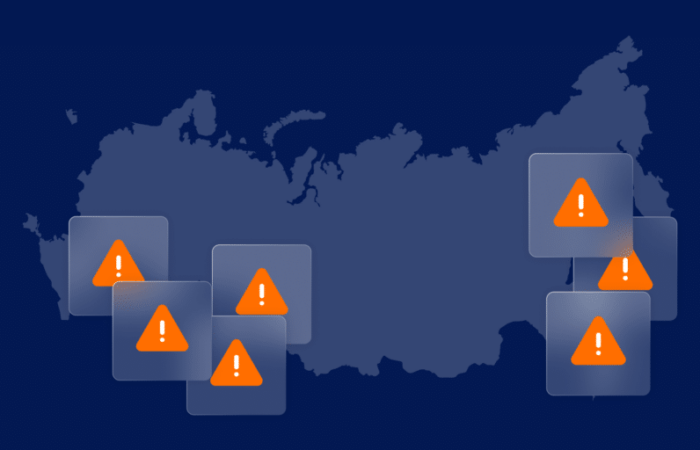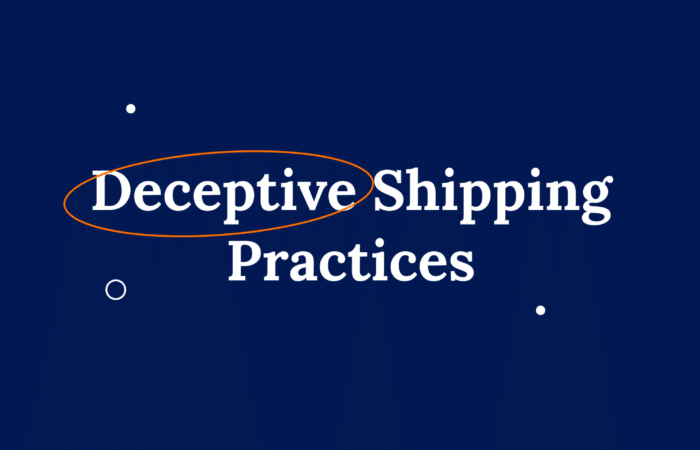What’s inside?
In today’s digital age, visibility is everything. The sharing economy is a perfect example. Rather than hailing a cab, we can instantly order a ride of our choice. We can see the type of car, the driver, the ETA, the driver’s rating, and so much more. This visibility has made travel more comfortable, more efficient, and more convenient – it enabled the customer to get from A to B according to their unique preference. What if the shipping industry could benefit from the same visibility?
In the last two years, several treaties like the Sea Cargo Charter, have been introduced. That, indeed, is a good start. However, how can charterers go about practically implementing these frameworks into their business without the right data? For example, shipowners have noon reports, but charterers are often left to rely on third-party reporting. Further, the Sea Cargo Charter is a yearly application, so by definition, charterers are constrained to retroactive decisioning. And yet, the Sea Cargo Charter highlights that for effective reporting, data on variables like the ballast leg should be accounted for. Or for example, take the IMO’s CII index – which highlights the importance of operational activity and relative ranking.
Imagine ordering an Uber and paying for the drive before your ride. The ballast leg is something that impacts charterers’ bottom-line and carbon emissions – but without the right data, the ballast leg is completely out of the hands of charterers, and their left to simply absorb the cost.
While commercial requirements for now will still be part of the game, predictive platforms can help optimize within them. In fact, strong behavioral data can help stakeholders optimize voyage planning – without hurting business goals.
Questions worth asking
Each cargo shipped has a range of potential total emissions associated with it, which ultimately result from both high-level and micro-level operational decisions. But when assessing a pool of vessels potentially available for a required voyage – vetting processes that consider the laycan or last cargo are not typically evaluated with carbon emissions in mind. In efforts to optimize profits, charterers often put aside emissions when setting commercial clauses. Instead of seeing these as separate, what if charterers could select their vessels, plan future voyages, and optimize vessel selection based on estimated carbon emissions data?
Rather than being limited by data accessibility and market constraints, actionable insights based on behavioral and operational data points can help charterers prioritize carbon-efficient practices.
A problem worth solving
This would mean that charterers would be able to wisely select the vessels moving their cargo, taking into account their environmental performance for every single journey. The impact? A lower carbon footprint brings increased profitability: for every tonne of carbon saved, businesses will be required to buy one tonne fewer carbon credits to offset the remaining emissions. From a compliance perspective – just like how deceptive shipping practices are increasingly part of any charter party, the same could come from emissions. But it doesn’t have to be a business-blocker. With the right solution, charterers can ensure that deals meet the highest environmental standards.
IMO regulations are bound to change, and new advisories will roll out. Amid changing and complex requirements, the need for accurate and immediate emissions calculations and predictions at scale is critical. This would allow charterers to not only meet the increasingly sophisticated expectation from organizations and regulators but prove their commitment to net-zero with data and business operations to back it up. The game-changer is leveraging the right tools that allow you to independently and accurately calculate the minimum emissions for each charter. In this way, stakeholders can leverage accurate insights to best inform business practices that will boost, not hinder, carbon emission initiatives. For more information, check out our Data for Decarbonization Program.
















